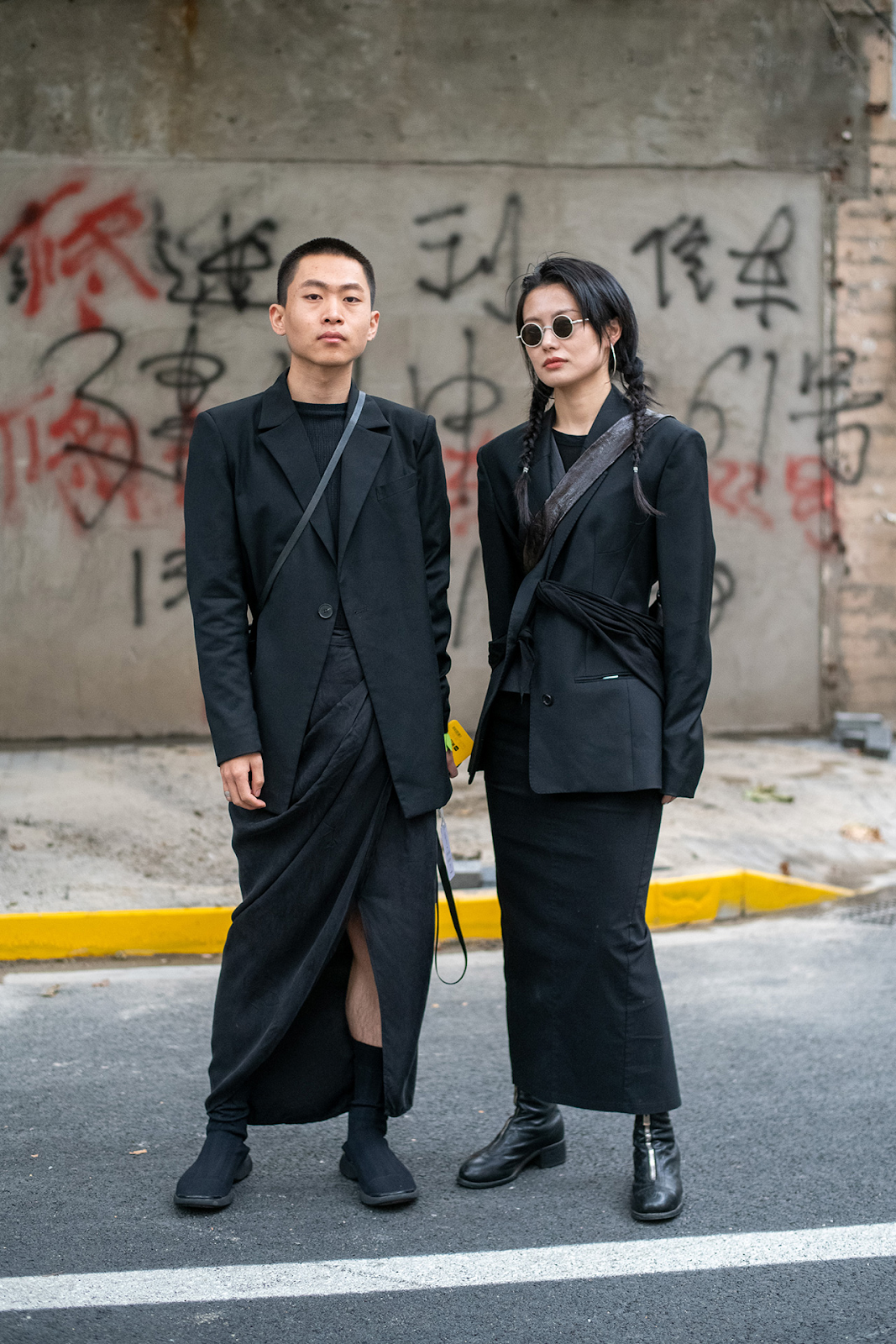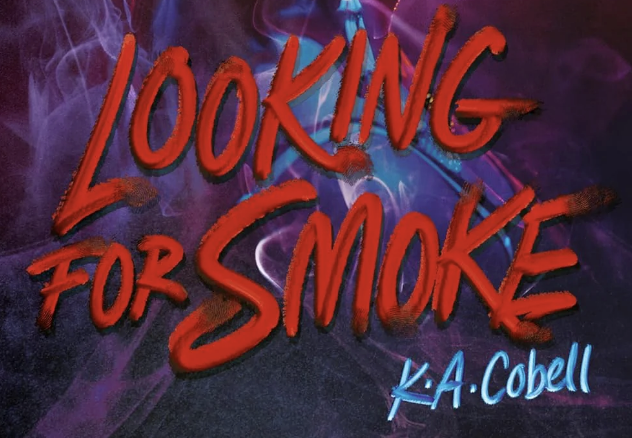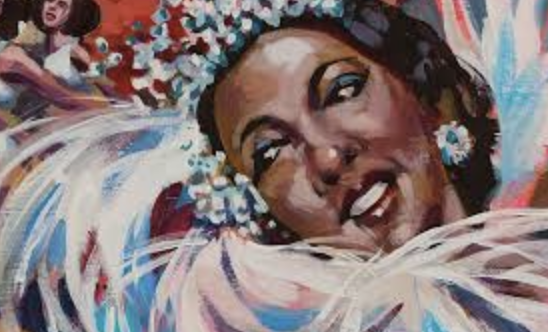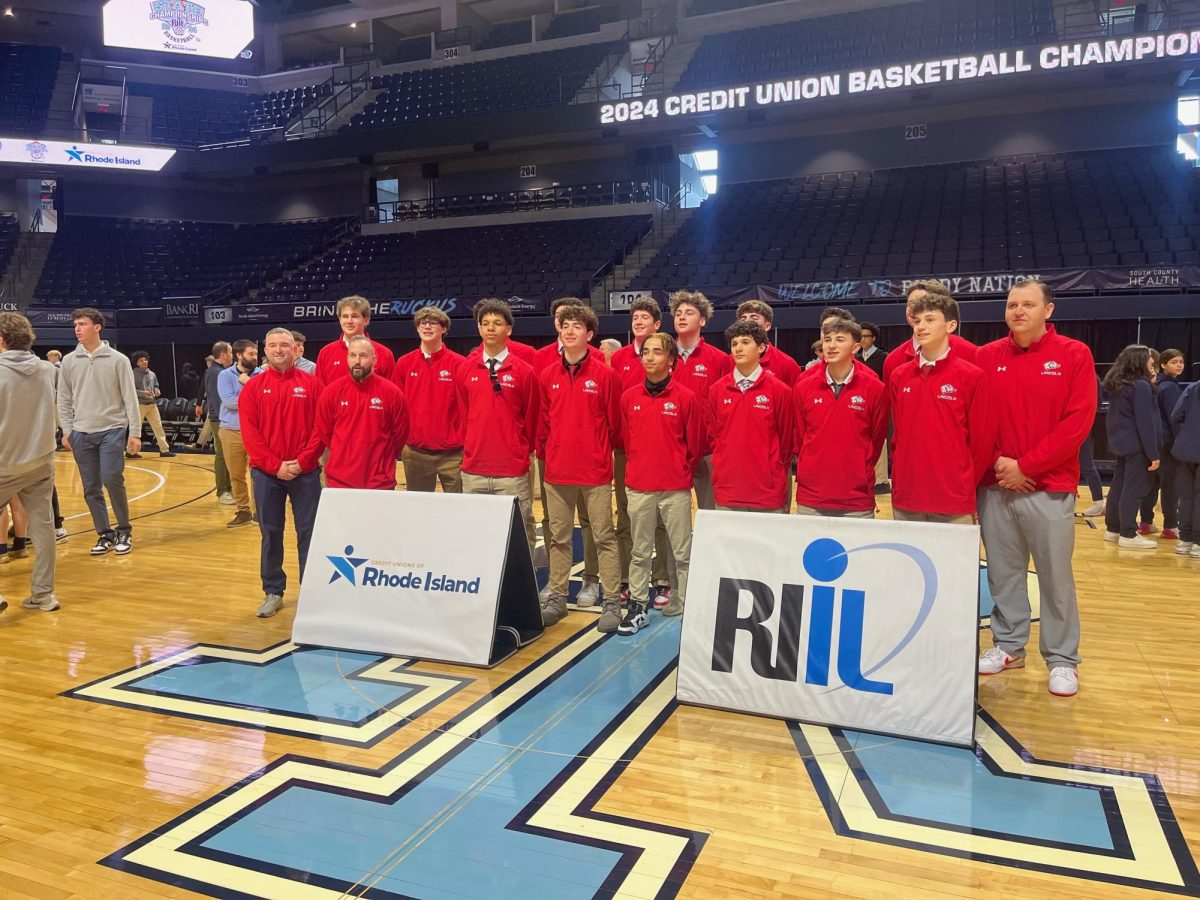Recently, China has started a proposal to ban clothes that “are detrimental to the spirit of the Chinese people and hurt [their] feelings,” something that dates back to the earlier days of the era of the country’s post-Mao reform. Back in those days, something as arbitrary as flared pants would be forcibly altered. Nowadays, people are concerned that this could take a political move, such as banning Japanese fashions, or perhaps attempt to discriminate against certain people, like banning men wearing skirts. In general, it raises the concern of an affront to freedom of expression, something that China has gone under fire for many times. Additionally, it begs the question of what this even means. What makes good fashion? What purpose does the medium serve?
Usually, fashion is simply regarded as a frivolous ordeal, a medium for air-headed femininity. Not only is this idea undeniably sexist in nature, it also ignores what fashion is. It’s an art. It’s a way of expressing emotions, ideas, themes, sometimes even political statements. They reflect the people. Sometimes, they can even reflect the economy. There is the popular theory that in the modern era, when the American economy is booming, people feel more inclined to wear shorter skirts and vice versa. This theory extends to the flashiness of wardrobe: people do not tend to want to wear rhinestones, bright jewel tones, logos, and luxury fabrics in the wake of a recession; it’s tacky. You can see examples of this just looking at the past 20 years. Back in the Y2K era, where computer and tech was bubbling up, people wore velour tracksuits, candy-colored Louis Vuitton bags, blinged-out Hello Kitty necklaces, and tiny, tiny skirts. In 2008, we saw that die off in favor of the muted pallettes of techno hipsterism.
With specific subcultures, fashion can be a signifier of a lot of things, often to connect people with a like-minded community. Sometimes it is just in the sense that they have similar artistic tastes, like goths favoring a romantic darkness or McBling girls favoring an earlier era of ironic consumerism. It can take on more layers than that, though, since it can put on display basically anything: metalheads wear band tees to show their music taste, punks wear patched jackets to show political affiliation and rebellion, and there are even many signifiers for members of the LGBTQ+ community to find each other, from key carabiners, to Doc Martens, to certain button-ups. Fashion can tell another person a lot about you without needing any words. Even aside from specific styles, a person who wears eccentric fashion and kitsch motifs can probably be assumed to be pretty bubbly, but a different kind of bubbly from the type of person that wears bright Lilly Pulitzer. If someone has something in common with you, you can probably figure that out by their style.
Additionally, it is an art just like any other. It is a perfect place to display creativity, whether you are just styling an outfit or designing it. Often, runways have very specific, avant-garde look, sometimes to the point that it becomes impractical. This is not because they assume the average person will wear their exact stylings, but because they want to make a visual statement of some sorts. Some runways even purposefully include theatrics to assume a look. Betsey Johnson was a very girly and cheerful designer, so she would not only have bright, fun, feminine pieces, but also would often have models smile and dance down the runway, and she herself would cartwheel after every show. Recently at one of Collina Strada’s show, she made the models smile unnaturally as they walked down the runway stating to Vogue that it was because,“we’re all doomed, the world’s on fire, but we’re doing a fashion show.” That simple act changed the whole tone of the show into something innately thought-provoking. In a show with Coperni, Bella Hadid was sprayed with a substance that produced a thin, bodycon white dress, putting on display technological advancement. At this year’s Milan Fashion week, models wore clothes that purposefully would break apart to show the unsustainability of fast fashion. These strange occurrences are all part of an artistic vision, just like any other medium. The only difference is the canvas is a living, breathing, human person. In retrospect, this should honestly make this all the more impressive.
I myself tend to gravitate towards a lot of styles that most people would just call ugly. But to me, they are meant to be more than just aesthetically pleasing. I like styles that make me feel something. Looking at the era of ‘indie sleaze’, most people would just throw on five long gold necklaces, a multitude of bangles, black tights, neon tank tops, and metallic bike shorts. In essence, it is a pretty messy look; not something that would be worn to most events. But it was a reflection of the devil-may-care attitude of the techno punk scene at the time: post-recession had people out partying like every night was their last. These outfits are intentionally shocking, which I can appreciate. The aesthetic of the ‘JustGirlyThings’ Tumblr blog is very of its time, with faded white editing, amateur IPhone photography of drinking hot cocoa, and infinity scarfs and Ugg boots galore. Even for its time, it was considered the style of a derogatorily titled ‘basic’ girl, since it relied more on mishmashed trending pieces and an undecided lean on both comfort and formal, hyper-feminine wear. But it also attaches itself with an era, one that many enjoyed because they remember the cultural zeitgeist of the time. It reminds me of when I used to do ballet, and if I was lucky, go to Target after and drink Starbucks. It was a simple pleasure, but the style is nostalgic for me and makes me feel happy, even if visually it might not be the most fashion-forward.
So going back to China, the proposal is undoubtedly a negative. With all the unique Chinese street fashion, the country would lose an important part of its artistic community. This idea could stifle entire communities from just being able to recognize each other, which is important, especially in more restrictive societies. Fashion does not serve the strict role of being palatable: it is an important way for many to connect to themselves and others. To police that is to police fraternity and self-articulation. It can only be hoped that the idea does not make it to the level of law. But in any case, it reminds us to be grateful for this seemingly innocuous sector of life.



















